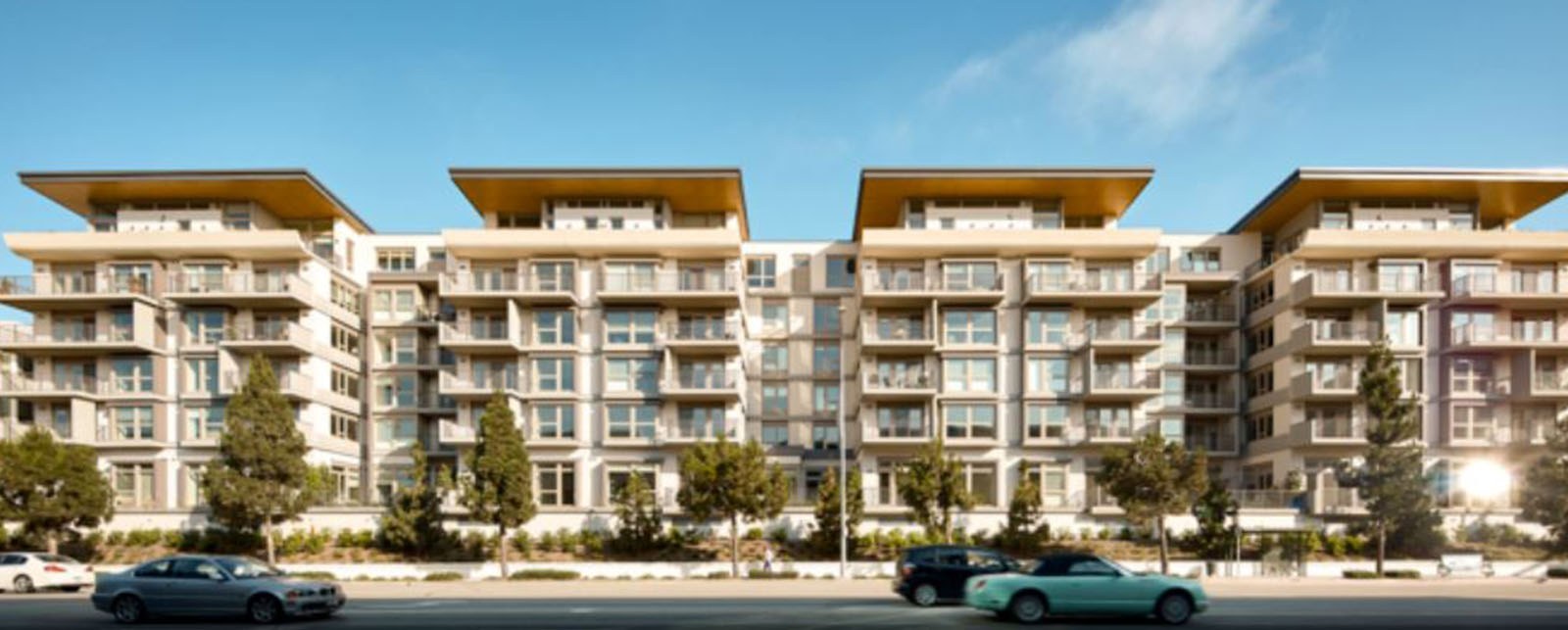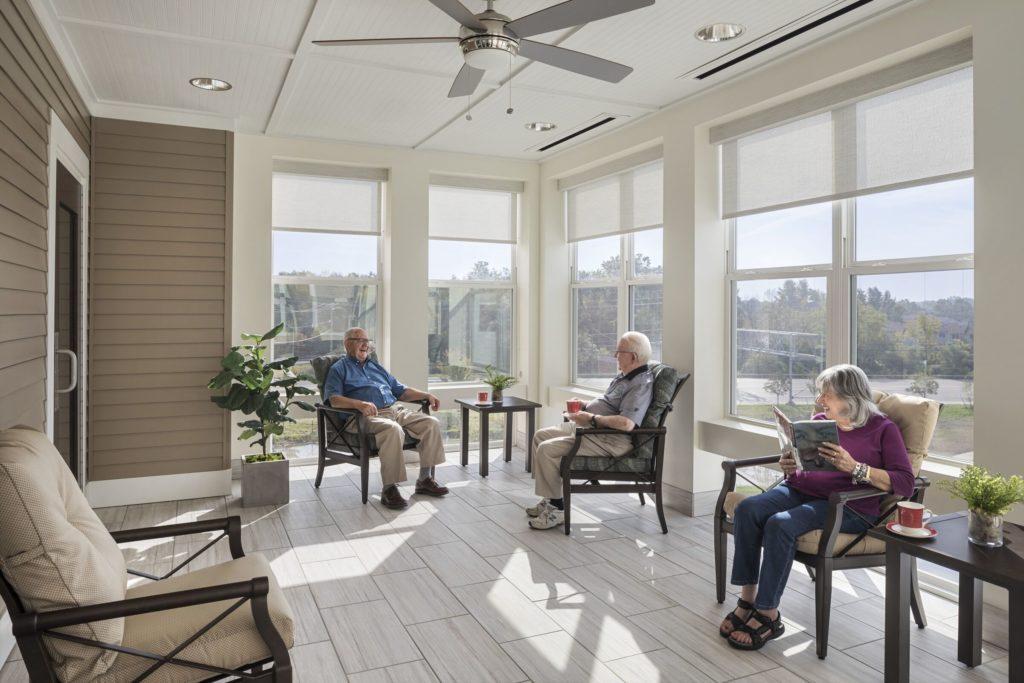

Return to the Neighborhood: Pandemic Insights into Design for Aging
The coronavirus pandemic has made it painfully evident a radical rethinking of living environments and communities for seniors is needed. And while pandemics have occurred at 100-year intervals, we can and have learned a lot about human behavior from COVID19. One major insight has come from the reintroduction to our neighbors – regular neighborhood walks, quick greetings and chats with the people who live near us but whom we haven’t had or made the time to engage. Even newly expressed concerns for health and offers of support.
Might this reinterpretation of neighborhood be applied to Senior Housing and Assisted Living? Certainly not a new idea, but more imperative today than ever that we realize the potential benefits from increased connection and constructed community for our senior population to counteract chronic isolation and to accommodate the changing shape of family networks.
Fortunately, design for aging changes have been in the works focusing on improved wellness and affordability. New senior housing strives to support aging in place incorporating proximity planning, Universal Design and integrating emerging technologies (artificial intelligence, robotics, virtual reality) easily into living spaces. While ironic that it took a pandemic to increase the adoption of telemedicine and other existing technologies, the adoption and potential are undeniable.

Separate Together
One emerging aging in place concept for seniors is the “pocket neighborhood”, groups of freestanding reduced footprint homes planned in village-like campuses around a common area or green space to balance individual safety with opportunities for social interaction. These neighborhoods to support independent living are informed by healthcare, hospitality, and retail design.
Another example of a new approach for senior housing is the Jewish Senior Life Center in Rochester, New York, designed by Perkins + Eastman. The project incorporates small separated neighborhoods of 12 units, each with a private room and bathroom, coupled with a decentralized dining area. In this scenario the neighborhood can easily and effectively seal itself off to prevent the transmission of flu viruses and other infectious disease. The neighborhood design could include healthcare tested materials that aid in infection control such as copper infused surfaces and fabrics. Small individual terraces and patios provide access to the outside and natural daylight and enhance the resident’s experience, even in lockdown situations.
Key to slowing or stopping the spread of illnesses common in shared living situations is the ability to separate spaces quickly. Incorporating flex space that can be repurposed for infection control might look like a room that normally functions as a lounge easily changing into sleep-in accommodations for staff. Similarly, small quiet rooms and phone rooms can transform into visitation space with added glass partitions.

Technology for Connection
One of the biggest concerns during the coronavirus pandemic has been increased isolation and lack of social interaction in senior populations. New technologies have risen to meet this need. Telehealth equipment mounted on cleanable carts allows patients to take telehealth appointments in their own room or in specially designated locations. In the neighborhood scenario mentioned above, rooms can be outfitted with voice and motion control to give elder residents greater ability to control their environments. Video capabilities can support family connections and communications as well as important physical and mental skill maintenance. And VR capabilities might allow seniors to visit museums, fly planes or listen to concerts – all designed to engage, spark memories, and increase socialization with fellow residents as they discuss their various VR experiences.
Maintaining the capability to provide care to residents in their own “home” with dignity and safety is a key tenant to supporting seniors. It will require creativity, innovation and adjustment to senior community design, planning and specialized technologies to accomplish, but the health and social benefits to our growing senior population will be worth the effort.
Sources:
1. Senior Housing & Design: How COVID 19 is Shaping the Future of Senior Living Architecture & Design, by Tim Reagan
2. Perkins Eastman: Jewish Senior Life, Rochester New York
3. Design for Aging Review 11 Perkins Eastman Research.
4. CNN These Seniors are Turning Cutting Edge Technology to Stay Connected During Pandemic, by Megan Marples
5. How to Protect Nursing Homes from Outbreaks, NYTimes